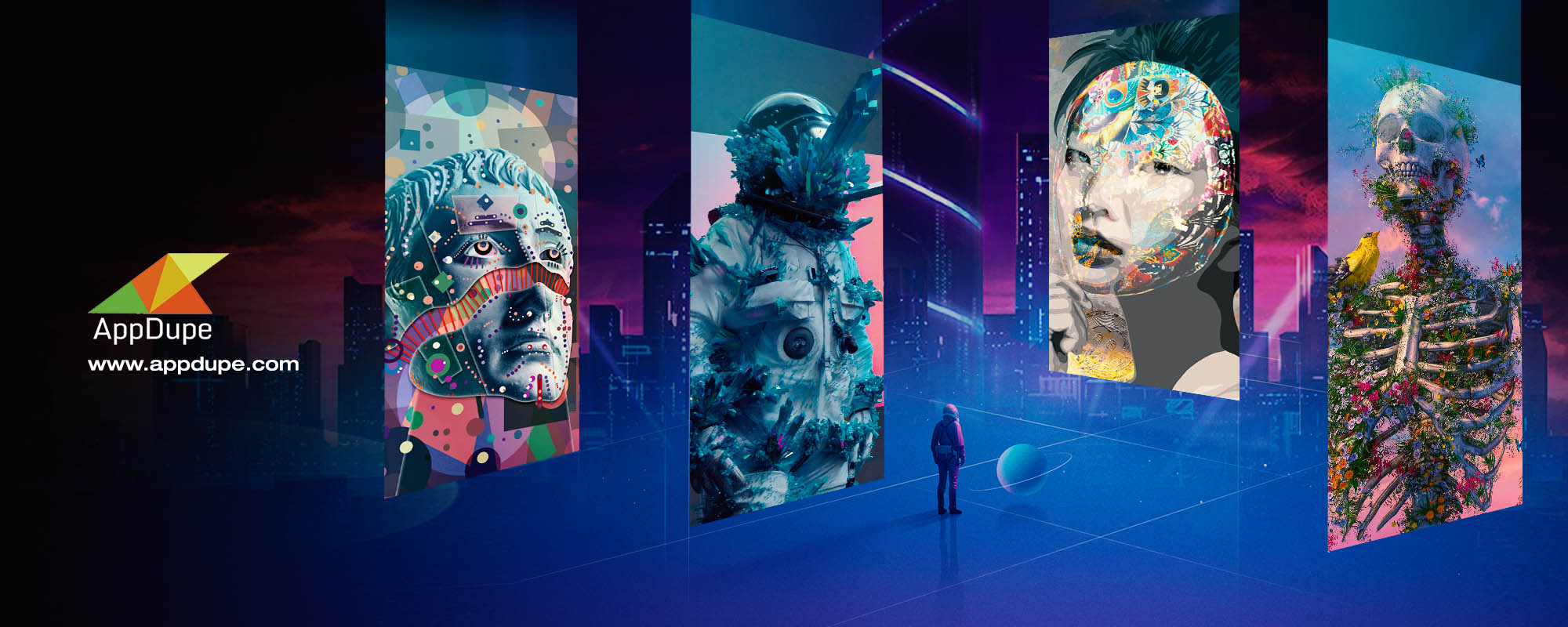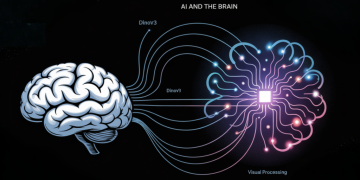The world of NFTs, or Non-Fungible Tokens, has experienced a whirlwind journey over the last few years. Once hailed as the next frontier in digital ownership, the NFT market saw explosive growth followed by a sharp correction that left many wondering if NFTs were just a fad, or worse — dead. But is the story really over? Or are NFTs merely evolving into something more nuanced, integrated, and sustainable?
In this article, we’ll unpack the past, present, and future of NFTs — exploring why the hype faded, what lessons the industry has learned, and how NFTs could reshape the digital economy in ways beyond mere collectibles.
The Meteoric Rise: Why NFTs Took the World by Storm
In early 2021, NFTs went viral. Digital art pieces, virtual trading cards, and even tweets sold for millions. Celebrities, artists, and big brands jumped in, fueling an unprecedented rush. But what made NFTs so irresistible?
- Scarcity and Ownership: Unlike traditional digital files, NFTs leverage blockchain technology to prove unique ownership. This scarcity created a new kind of value in the digital realm.
- Democratization of Art: Artists could now sell directly to fans without intermediaries, gaining more control and profits.
- Speculation and FOMO: The rapid price surges attracted speculators eager to flip NFTs for a quick buck, driving prices to unsustainable heights.
But this rapid growth also planted the seeds of its downfall.
The Bubble Bursts: Why the Hype Died Down
By late 2022, the NFT market cooled dramatically. Prices plummeted, major projects lost value, and skeptics declared NFTs dead. What happened?
- Market Saturation: Thousands of NFT projects flooded the market, many lacking uniqueness or utility.
- Speculation Collapse: The speculative bubble burst, exposing projects without intrinsic value.
- Environmental Concerns: The carbon footprint of blockchains like Ethereum became a hot-button issue, leading to backlash.
- Regulatory Scrutiny: Governments worldwide began examining NFTs under securities and consumer protection laws, adding uncertainty.
This phase was painful but necessary — a market correction forcing the industry to mature.

NFTs Today: Beyond JPEGs and Hype
So, are NFTs dead? Far from it. While the initial craze has subsided, NFTs are evolving into robust tools with practical applications across industries. Here’s where NFTs stand now:
1. Utility-Driven NFTs
The new wave of NFTs is focused on utility rather than just collectibles. Examples include:
- Gaming: NFTs represent in-game assets, allowing players true ownership and the ability to trade or sell items across platforms.
- Access Tokens: NFTs serve as digital passes to exclusive events, memberships, or content.
- Identity and Credentials: NFTs can verify identity, academic degrees, or professional certifications securely and immutably.
2. Interoperability and Layer 2 Solutions
Blockchain innovations like Layer 2 scaling solutions reduce fees and increase transaction speed, making NFTs more accessible. Cross-chain interoperability also means NFTs aren’t confined to one ecosystem, opening up new opportunities for users and developers.
3. Corporate and Brand Adoption
Big brands are exploring NFTs for customer engagement, loyalty programs, and digital marketing. NFTs are becoming a bridge between physical and digital worlds, enhancing consumer experiences.
Challenges Ahead: What NFTs Must Overcome
Despite its evolution, NFTs face several challenges before becoming mainstream:

- Regulation: Clear legal frameworks are essential to protect buyers and sellers and to foster trust.
- Sustainability: Energy-efficient blockchains and carbon offsets are critical to addressing environmental concerns.
- User Experience: NFT platforms need to become more intuitive and accessible to non-crypto natives.
- Value Proposition: NFTs must prove long-term value beyond hype and speculation.
The Future: NFTs as Digital DNA of the Web3 Era
Looking forward, NFTs are poised to become the digital DNA of the emerging Web3 ecosystem. Here’s how:
- Digital Identity: NFTs will underpin self-sovereign digital identities, giving users control over personal data.
- Decentralized Finance (DeFi) Integration: NFTs will serve as collateral, unlock financial products, and introduce new economic models.
- Metaverse Foundations: Virtual worlds will rely on NFTs for land ownership, avatars, and digital goods, creating persistent economies.
- Creative Economy: Content creators will use NFTs for monetization, royalties, and direct fan engagement, redefining creator-audience relationships.
In essence, NFTs are shifting from being mere assets to becoming foundational elements of a decentralized digital future.
Conclusion: Dead or Evolving? The Verdict
The headline “NFTs Are Dead” might make a catchy soundbite, but the reality is far more complex. NFTs are not dead — they’re evolving. What began as a speculative frenzy has transitioned into a phase of practical innovation, deeper integration, and sustainable growth.
As the technology matures, NFTs will likely become invisible yet indispensable parts of our digital lives — just like email or the internet itself. The excitement may have cooled, but the revolution is just beginning.
If you want to understand the future of digital ownership, creativity, and identity, keep an eye on NFTs — because their story is far from over.



















































Discussion about this post